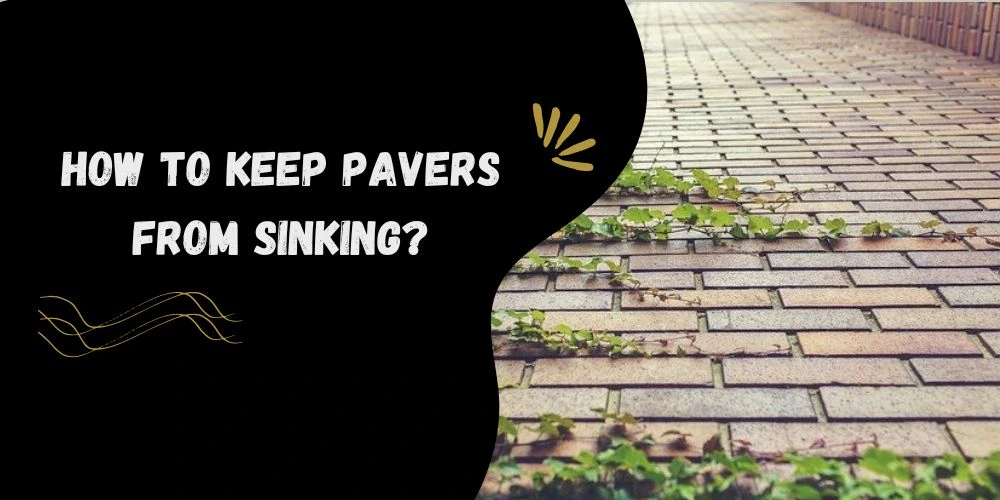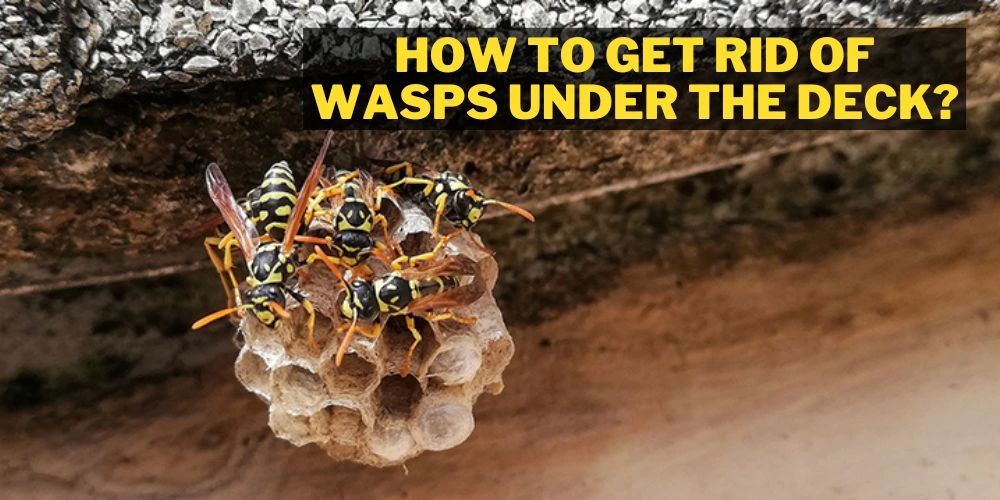Dethatching is the process of removing the thatch layer from your lawn. This layer comprises dead grass, clippings, and other organic matter. Dethatching your yard can have several benefits but also some potential drawbacks.
Some Pros of dethatching include improved air circulation and water infiltration and reduced thatch accumulation. However, there are also some Cons, such as potential damage to the grass and the extra time and effort required for dethatching.
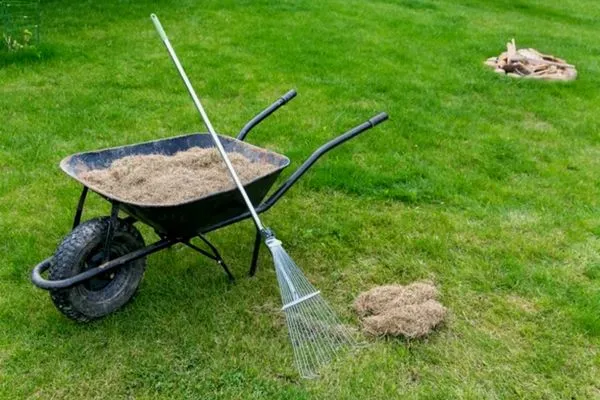
Read about these pros and cons and many others in detail here!
Pros and Cons of Dethatching Lawn
Thatch is the layer of dead and living grass, stems, and roots that accumulate on your lawn over time. Although dethatching can be beneficial for your lawn, there are also some drawbacks to consider before taking on this task.
Take a look at these pros and cons here!
Pros of Dethatching Lawn
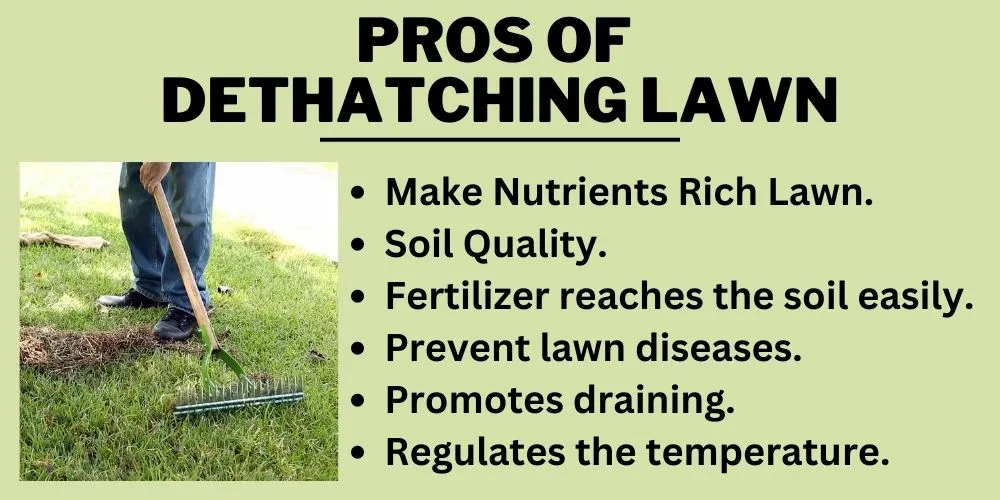
Make Nutrients Rich Lawn
One way to ensure your lawn is nutrient-rich is to dethatch it regularly. Dethatching is the process of removing the thatch layer from your yard. The thatch layer is composed of living and dead organic matter that accumulates over time.
If the thatch layer gets too thick, it can prevent water, air, and nutrients from getting to the roots of your grass. This can result in a thin, unhealthy lawn.
Soil Quality
Dethatching improves the soil quality of your lawn. Loosening up the compacted soil allows air and water to reach the roots of the grass, resulting in a healthier lawn. Additionally, dethatching helps reduce thatch buildup. Finally, removing this layer allows your grass to absorb nutrients better and stay hydrated.
Fertilizer reaches the soil easily
Detaching your lawn has many benefits. Fertilizers will be able to reach the soil more efficiently, and the grass will be able to grow more evenly. Additionally, thatching helps reduce water runoff and prevents soil erosion.
Prevent lawn diseases
Removing thatch can help prevent lawn diseases such as powdery mildew, fairy rings, summer patch, etc., by allowing water, air, and nutrients to reach your lawn’s soil. It can also help improve the appearance of your yard by removing the buildup of dead organic matter.
Promotes draining
Dethatching promotes drainage and helps your lawn absorb water, nutrients, and oxygen better. It also helps to reduce compaction and provides a place for new grass seedlings to take root.
Regulates the temperature
Dethatching your lawn regularly (every 2-3 years) can help regulate the temperature of your soil, improve drainage, reduce compaction, and encourage new growth.
Cons of Dethatching Lawn
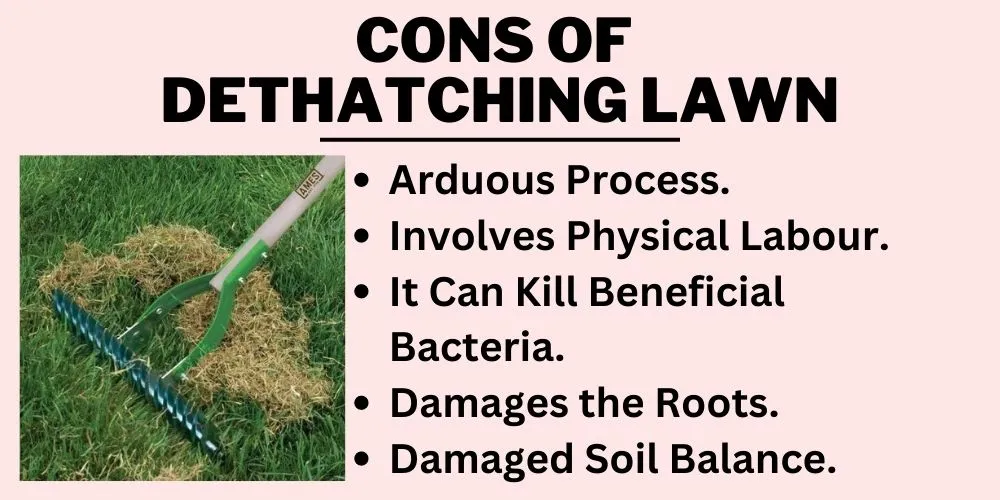
Arduous Process
The first con of dethatching is the amount of time it takes. Dethatching can be a very long and tedious process, depending on the size of your lawn. Therefore, it is essential to ensure you have enough time to complete the task.
Involves Physical Labour
Another con of dethatching is the amount of physical labor involved. Dethatching requires a lot of raking and can be pretty strenuous on the body. If you have any physical limitations, it is essential to consider whether or not dethatching is right for you.
It Can Kill Beneficial Bacteria
One of the most significant potential drawbacks is that dethatching can kill beneficial bacteria. This bacteria helps to decompose thatch and other organic matter, which helps to keep your lawn healthy. However, if you remove this bacteria, it can take longer for organic matter to decompose, which can lead to an unhealthy lawn.
Damages the Roots
Another potential drawback is that dethatching can damage the roots of your grass. If you remove too much thatch, you can expose the roots to sunlight and air, which can cause them to dry out and die.
Damaged Soil Balance
Dethatching involves using a machine to remove the thatch, or dead grass, from the lawn. This can damage the soil if done incorrectly and disrupt the delicate balance of nutrients in the ground.
How much does it cost to dethatch a lawn?
While dethatching your lawn depends on several factors, the average cost is between $190 and $350 per hour. The most common method of charging for this service is by square foot, with prices ranging from 15 to 35 cents per square foot.
If you have a large lawn, or if the thatch layer is particularly thick, it may be more cost-effective to hire a professional to do the job. However, if you have a small lawn and/or a thin thatch layer, you may be able to save money by doing it yourself.
Above are the most common list of pros and cons of dethatching lawn, now let’s discuss some other important things about dethatching lawn that you should know.
Is dethatching a lawn worth it?
It is worth it to thatch the lawn because it keeps the yard looking neat, helps to control weeds, and can improve the lawn’s drainage. Thatching also helps to protect the roots of the grass from extreme temperatures. It is a simple process that does not take much time or effort and is an essential part of lawn care.
Is dethatching good or bad for your lawn?
As the weather gets warmer and spring approaches, many homeowners begin to think about all the projects they need to do around the house. One such project is dethatching the lawn. Dethatching is the process of removing the thatch, or dead grass, from the yard.
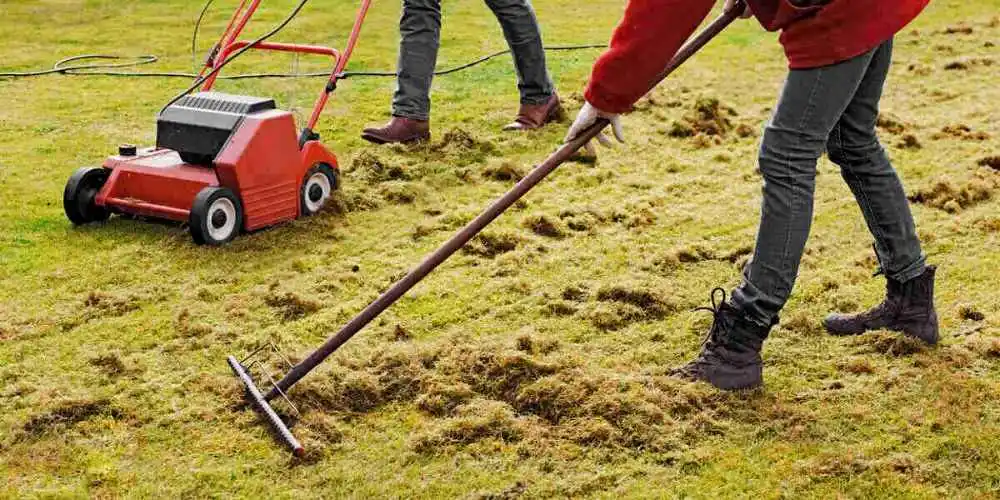
This can be done with a rake, a power rake, or even a lawn mower. Although dethatching the lawn may seem like a lot of work, doing so has many benefits. The pros of dethatching the yard outweigh the cons. Dethatching the yard will improve the appearance of the lawn, increase water infiltration, and improve air circulation.
How do you get rid of thatch naturally?
Manually Raking Thatch Out
A thatched roof is a classic cottage look, but it’s also a maintenance nightmare. If you’re sick of dealing with thatch, there are some ways to get rid of it naturally.
One way to get rid of thatch is to manually rake it out. This can be tedious and time-consuming, but it will eventually get the job done. You can also use a power washer to blast away the thatch.
If you have a lot of thatch, you may consider hiring a professional to remove it. They will have the tools and experience necessary to get the job done quickly and efficiently.
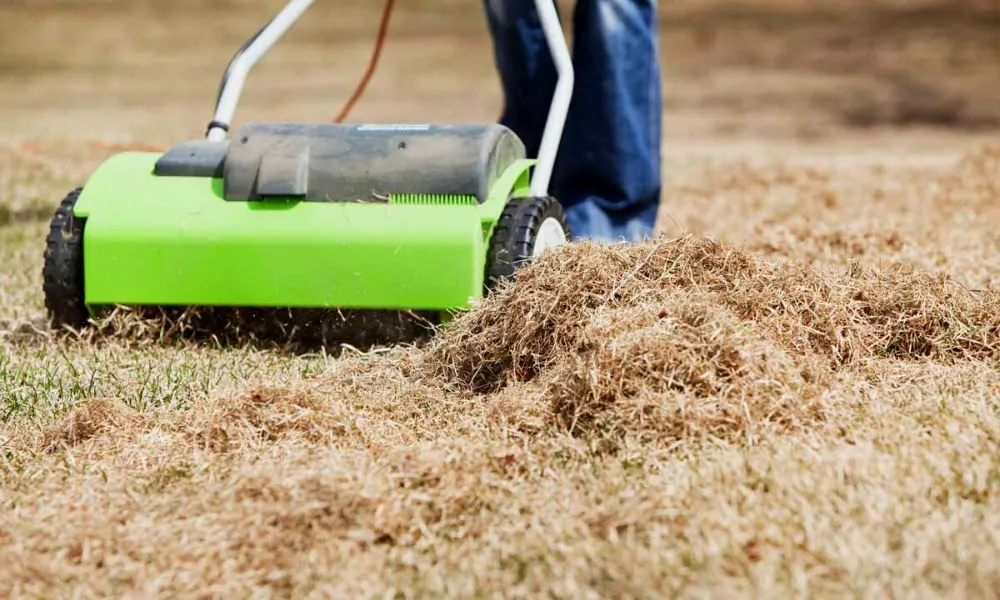
Using A Solid Landscaping Rake
Thatch is a layer of dead and living grasses, stems, and leaves that accumulate just above the soil surface. It’s common in turfgrass areas, such as lawns, golf courses, and sports fields.
Although a thatch layer can benefit turfgrass by providing insulation from extreme temperatures and promoting a healthier root system, too much thatch can create problems.
Thatch accumulation is natural and inevitable. The best way to manage thatch is to remove it regularly using a solid landscaping rake. This will keep the thatch layer from getting too thick and reduce the amount of water, air, and nutrients that reach the roots of your grass.
Frequently Asked Questions (FAQs)
Is it better to dethatch your lawn wet or dry?
If you’ve been thinking about dethatching your lawn, you may be wondering whether it’s better to do so when the lawn is wet or dry. Of course, there are pros and cons to wet and dry dethatching, so it’s essential to weigh your options before deciding. Here’s a look at some key factors to keep in mind.
When dethatching your lawn, a few key factors must be kept in mind. The first is the type of grass you have. Some grasses, such as Bermuda and St. Augustine, are more tolerant of dethatching than others. The second factor is the time of year. Dethatching should be done in late spring or early summer when the grass is actively growing. Finally, the third factor is the amount of thatch on your lawn.
What should I do after I dethatch my lawn?
Lawn dethatching is essential to keeping your property healthy and maintaining its appearance. After you dethatch your yard, you should do a few things to ensure that your lawn continues to look its best. First, rake up all the thatch removed from your property. This thatch can be composted or used as mulch in other areas of your yard.
When should I dethatch my lawn?
If you have a thatch problem on your lawn, you may wonder when the best time to dethatch is. The best time to dethatch is in the fall after the grass has stopped growing for the season. This allows you to get rid of all of the thatch without damaging the grassroots.
Does dethatching help with weeds?
Weeds are one of the most common problems in lawn care. They can be challenging to control and take over your lawn if you’re not careful. Dethatching is a process that can help control weeds. It involves removing the thatch, the layer of dead grass, and other organic material that builds up on your lawn. This can help improve the appearance of your yard and reduce the number of weeds.
Will grass grow back after dethatching?
This is a common question among those who upkeep their lawns. The answer is, unfortunately, it depends. If the thatch is removed correctly and the grass is healthy, then the chances are good that the grass will grow back. However, if the thatch is too thick or the grass is unhealthy, then the chances of the grass growing back are not as good.
Conclusion
Pros and cons of dethatching lawn should be considered before taking action. On the plus side, dethatching can improve air circulation and drainage while also removing built-up thatch that can harbor pests.
On the downside, dethatching can be very time-consuming and, if done incorrectly, damage your lawn. Weigh the pros and cons carefully before deciding if dethatching is suitable for you and your property.

